Search Images
Browse Content (p. 1336)
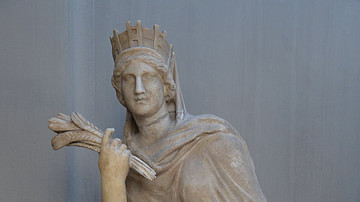
Image
Tyche of Antioch
The Tyche of Antioch, Roman copy after a Greek bronze original of the 3rd century BCE by the sculptor Eutychides of Sikyon. The city of Antioch on the Orontes is identified with Tyche, goddess of fortune and protector of the town. She is...
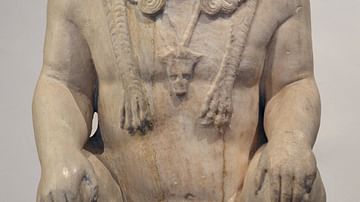
Image
Bes, Museo Barracco
Marble statue of Bes with lion-like ears and mane, 1st century CE, from Rome. Bes was the ancient Egyptian god of childbirth, fertility, sexuality, humour, and war. (Museo Barracco, Rome)
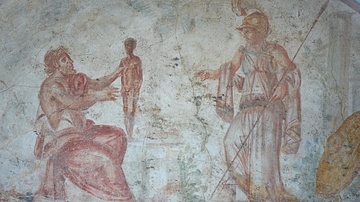
Image
Prometheus Creating Man
Roman fresco depicting Prometheus creating man in the presence of Athena, from the arcosolium of a tomb near the Basilica of St. Paul, 3rd century CE. (Museo della Via Ostiense, Rome)
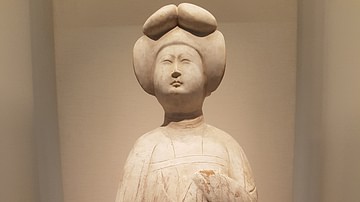
Image
Chinese Female Figurine
712-779 CE. (Head is a reconstruction). Earthenware with pigments. Excavated from Hansenzhai, (eastern suburb of Xi'an), 1988.
From the Xi'an Museum. (Photo taken at the Art Gallery of NSW, Sydney Australia)
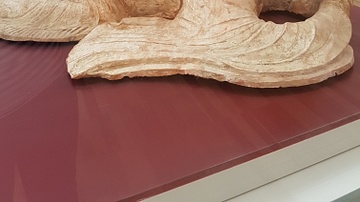
Image
Chinese Kowtowing Figure
742 CE. Earthenware with pigment. Excavated from Crown Prince Li Xian's tomb at Pucheng County, 2000.
Shaanxi Provincial Institute of Archaeology. (Photo taken at the Art Gallery of NSW, Sydney Australia)
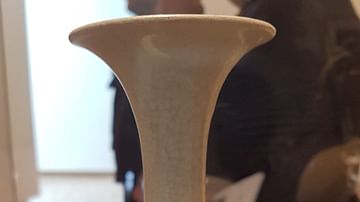
Image
Tang Dynasty Vase
C. 600-634 CE. Porcelain. 25 cm (height). Excavated from the tomb of Princess Fengning (583-610 CE) and her husband Wei Yuanzhao (572-623 CE), Shaolingyuan, Chang'an District, Xi'an, 1990. From the Shaanxi Provincial Institute of Archaeology...
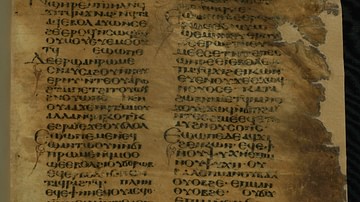
Image
Book of Exodus
Fragment of the book of Exodus, Text page, Walters Manuscript W.739, fol. 1r This fragment from the Book of Exodus is a bifolium presenting the text of Exodus 21:16-35a on fol. 1 and 23:5b-21a on fol. 2. The missing text in between these...
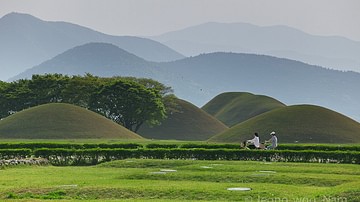
Image
Silla Tombs of Gyeongju
The mound tombs of Gyeongju (Geumseong), capital of the Silla kingdom which ruled in Korea from the 1st century BCE to 10th century CE.
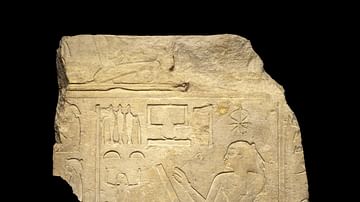
Image
Seshat, Goddess of Writing
A limestone relief slab depicting Seshat, the Egyptian goddess of writing. ca. 1919-1875 BCE. (Brooklyn Museum, USA).

Image
Seshat, Luxor Temple
A relief from the back of the throne of a seated statue of Ramesses II depicting the Egyptian goddess of writing Seshat. 13th century BCE, Luxor Temple, Egypt.